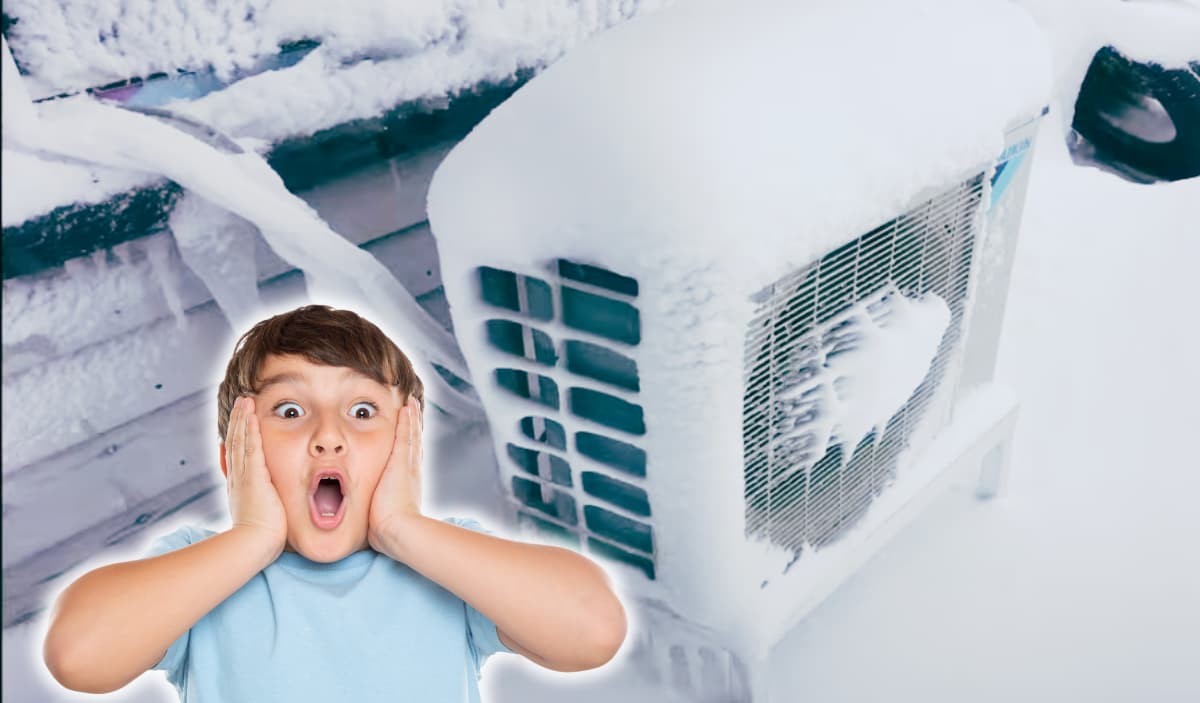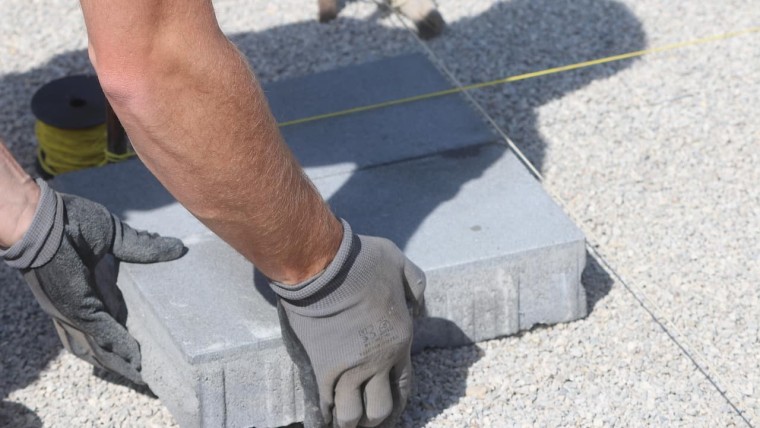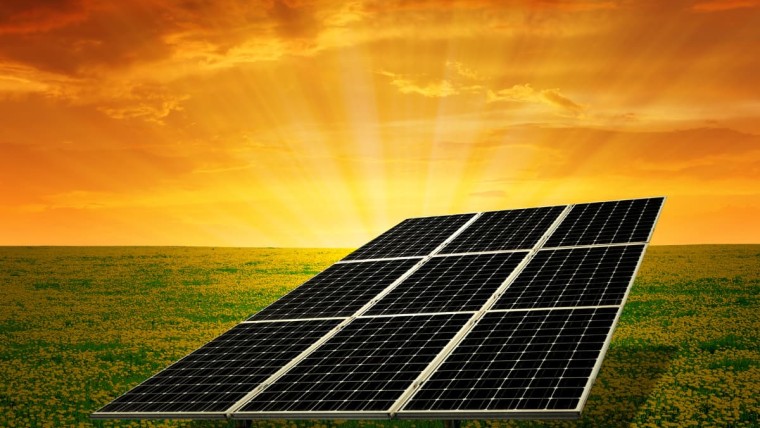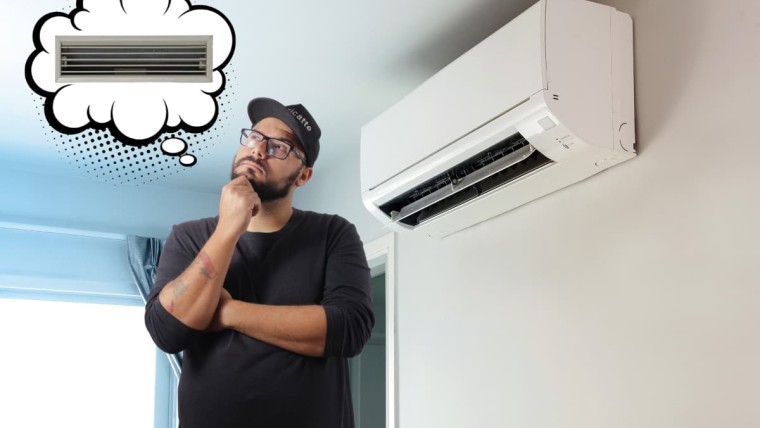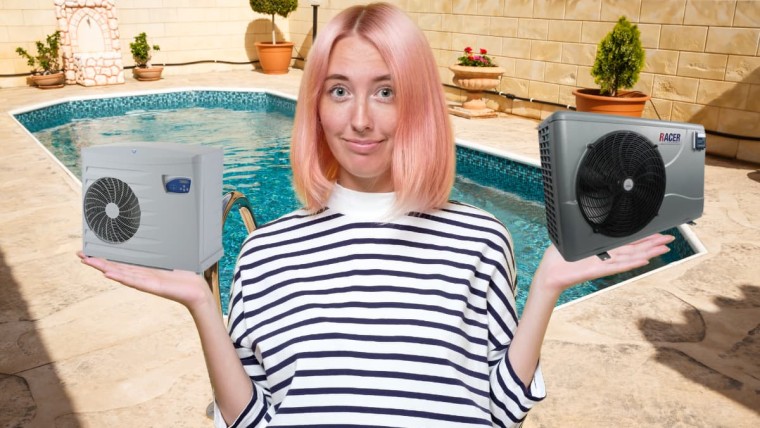Even though global warming is slowly taking its toll and our winters are tending to contract, the cold season has begun, and some regions will soon be experiencing very cold temperatures.
To protect your outdoor air-to-water heat pump from the cold, here are a few tips you can put to good use.
Choosing the right location for your outdoor unit
This is the first criterion to be considered or reconsidered. To protect the heat pump from the cold, it should not be installed in a northerly position, as this will complicate defrosting and expose the heat pump to prolonged freezing, which could damage it.
Make sure there's a good distance between the wall and the heat pump, so that air can circulate around it. All manufacturers have different instructions.
Ideally, you should have thought about this before installation. If it turns out that your heat pump is installed a little too far north, and you want to move it after the fact, the cost could be considerable. In fact, you may have to rebuild a concrete slabThis represents several hours of work, as well as a lot of equipment to be paid for by your installer.
Sheltering your heat pump
To protect your PAC from the elements, such as snowstorms for example, there's nothing like building a small wooden shelter. Depending on the manufacturer, space constraints around the machine must be respected. The heat pump must be able to breathe.
Ideally, you'll have a semi-open space in which to install the heat pump. This will protect it from the elements, and provide shelter for maintenance. It won't be exposed to the wind either, which will potentially improve its operation and reduce the risk of icing up.
Using a heat pump cover
A makeshift solution, in comparison with the room or shelter, is to house the heat pump under a breathable winter tarpaulin. Of course, it's important not to cover the fan or the rear of the machine, so that correct operation can be ensured at all times.
This tarpaulin will prevent any accumulation of snow, or any impact due to bad weather.
Raising the heat pump
In very cold areas, it is advisable to build a support that allows the heat pump to gain height above the ground, to prevent the front air outlet from being blocked by snow, and to benefit from simpler condensate drainage.
This can be a floor stand, or a wall-mounted bracket that will be at the right height on the wall and allow the PAC to be moved away from the wall correctly.
Check gas level before winter if possible
Over time, the gas level may decrease. Year after year, the level may reach a low point, causing the defrost system to malfunction and the gas level to drop. will expose the PAC to icing prolonged and damaging.
A simple level check, and top-up if necessary, before winter, will help preserve the system.
For a swimming pool heat pump: switching off
In winter, you're not going to heat your pool (unless it's an indoor pool). You've probably put your pool into winterizing mode. All you have to do now is switch off the PAC piscine, and this time cover it completely, since it won't be in operation until the warmer weather arrives.

Julien G.
Juliena mechanical engineering graduate and specialist in climate engineering since 2009, has become a writer specializing in renewable energies, with expertise in heat pumps and photovoltaic solar panels for individual housing.
See all articles by this author
